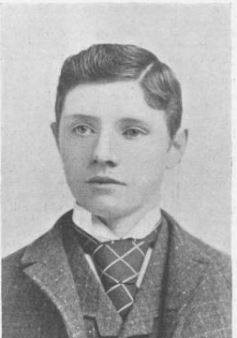A walk-through Woodlawn Cemetery is thick with American history, particularly when it comes to under-heralded war veterans. Take the magnificent Lilly Post, for instance, a 40-foot-tall monument dedicated in 1887 as the final resting place of 110 Civil and Spanish-American War soldiers and sailors in Section 32, Lot 66. While those stories are largely untold, there are many tales to share. Here are just a few.
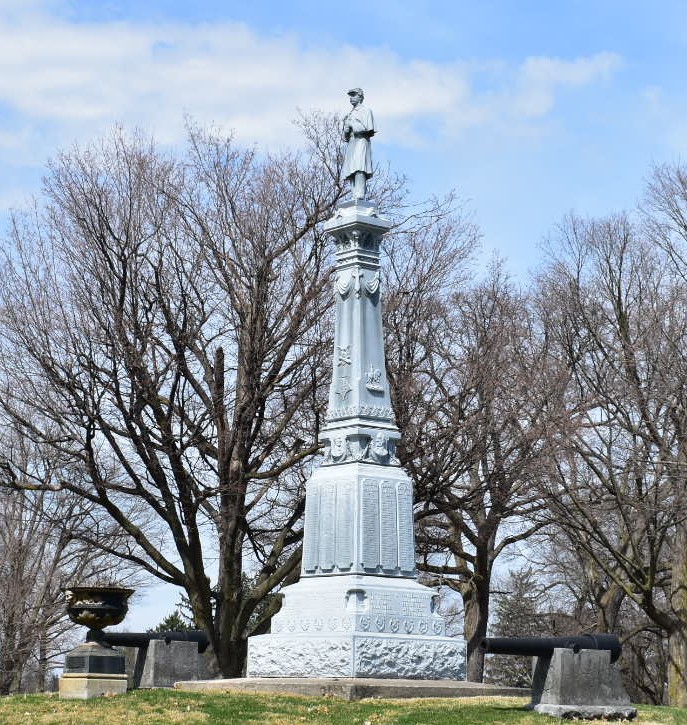
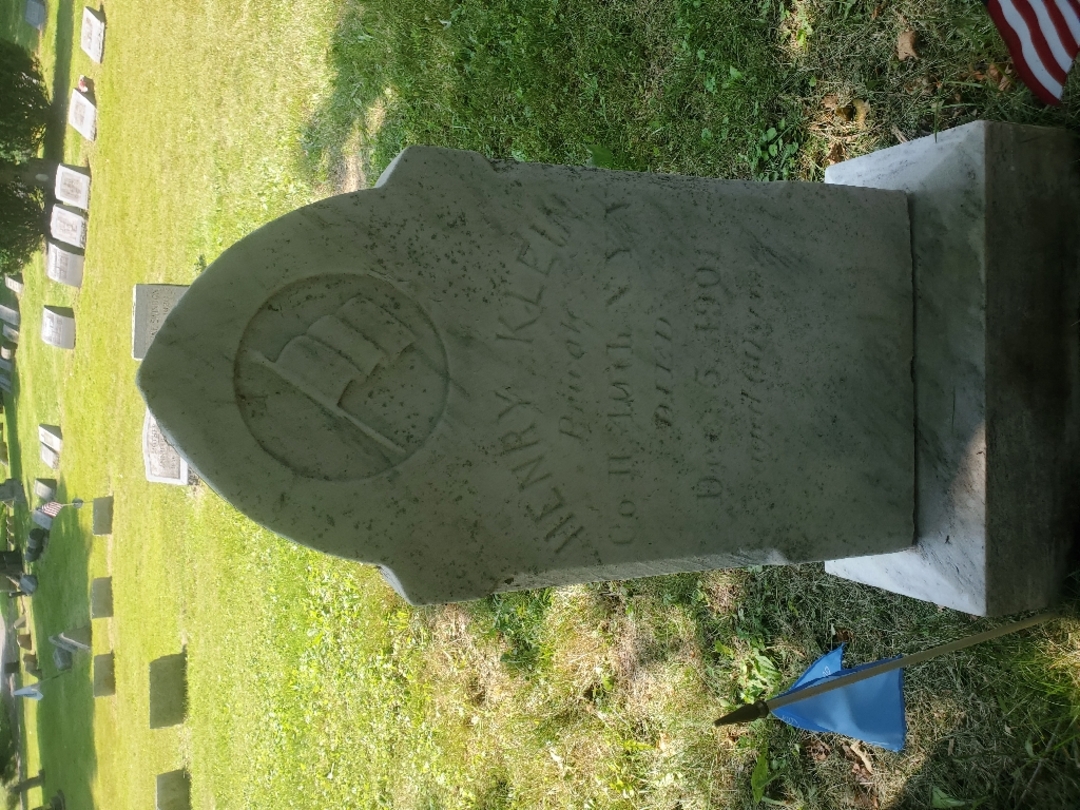
Born in Germany in 1841, Henry Klein immigrated to the U.S. with his family in 1853 and settled in Syracuse. Eight years later, he and his brother enlisted in the 149th New York Infantry at the outbreak of the Civil War. Klein was captured by Confederate soldiers and became a prisoner of war for over a year. In 1865, under heavy fire, he rushed ahead of his unit to grab the Confederate flag from its bearer and bring it back to the Union lines. He was awarded a Congressional Medal of Honor for his heroics. By coincidence, Klein was in D.C. (a stop on his journey back to Syracuse) when President Abraham Lincoln was shot, and he stood guard at Ford’s Theater following the attack. Upon his return to Syracuse, Klein became a clothing salesman and fathered seven children before he died in 1901 at age 60. He is buried in Section 29, Lot 37 alongside his wife at Woodlawn Cemetery.
Martin Wambsgan was born in Germany in 1839, immigrating to the U.S. with his family at a young age. He enlisted in the 90th New York Infantry in 1861 and was sent to fight the Confederates in the Civil War. In the heat of a battle at Cedar Creek, Virginia, in 1864, he rescued the Union flag from its fallen bearer and waved it high above his head on the front lines, giving troops renewed fortitude in the victory. He received a Congressional Medal of Honor for his heroics that day. After the war, he returned to Syracuse, married and raised four children before passing away in 1911 at age 70. He is buried in Section 38, Lot 27 at Woodlawn Cemetery.
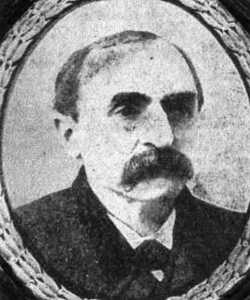
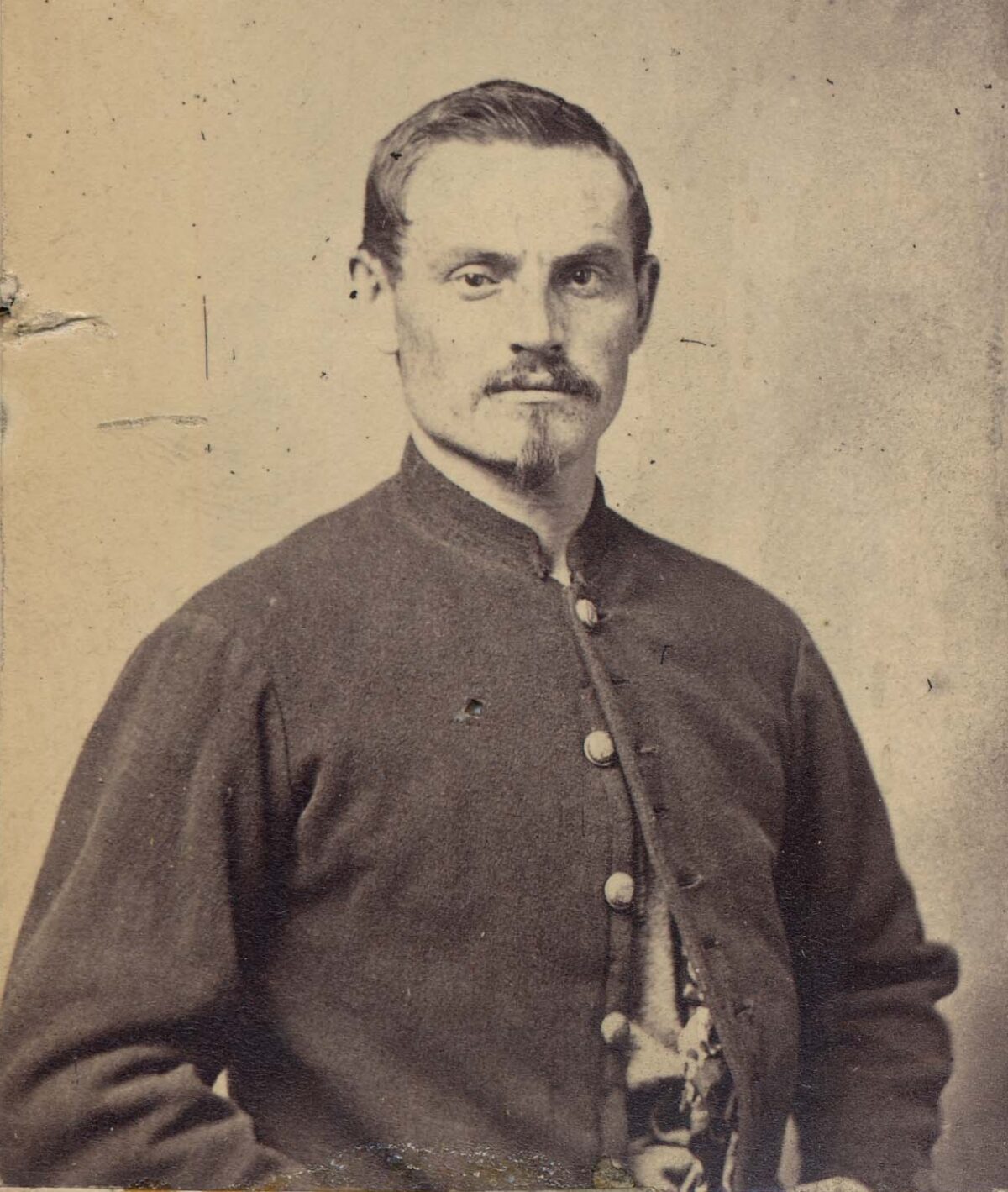
Peter Kappesser was born in Germany in 1839, settling in Syracuse upon immigrating to the U.S. in 1852. He enlisted in the 149th New York Infantry a decade later and took part in the Tennessee Battle of Lookout Mountain in 1863. In a heroic move that earned him a Congressional Medal of Honor, Kappesser captured a retreating Confederate general after a surprise attack, allowing Union forces to take him as a prisoner of war. Kappesser returned to Syracuse to marry and raise a family. He died in 1930 at age 91 and is buried in Section 31, Lot 9 at Woodlawn Cemetery.
Woodlawn’s historic gravesites extend beyond veterans of the Civil War. Soldiers participating in other pivotal moments in the 19th century, like the Spanish-American War, have final resting places here as well.
An orphan by the age of 4, Gustave A. Kalbe was born in Germany in 1874 and immigrated to the U.S. in 1889. He enlisted in the U.S. Army about nine years later at the start of the Spanish-American War. Kalbe became a member of Theodore Roosevelt’s infamous Rough Riders, among the first units to be sent to Cuba. He was said to be the first one to fire when they arrived and he was also the first American to be killed. Upon hearing Kalbe was buried in Cuba with his brother being too poor to bring his body back to America, the Syracuse Herald newspaper sent the Sunday editor and an undertaker to retrieve his remains. After a 4,000-mile journey home to Syracuse, an estimated 40,000 people turned out to pay homage to the war hero. Woodlawn Cemetery donated his grave, which is set under a lone maple tree surrounded by Sections 31-34 with his adopted last name of Kolbe.
